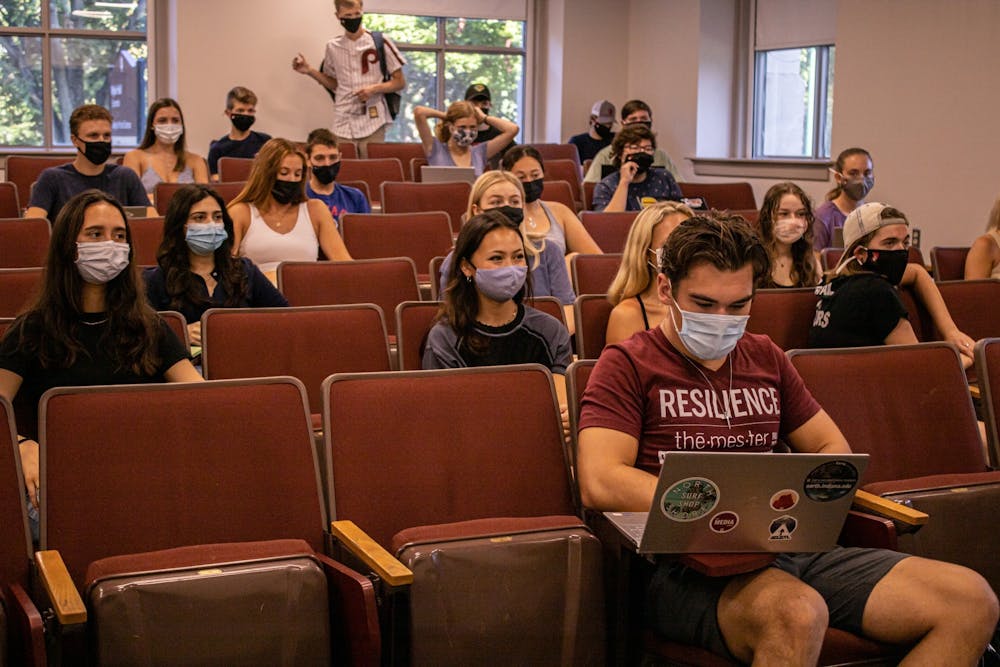With a plethora of views on what to do and not to do, it’s time to admit that few know exactly what we’re doing in response to COVID-19 — and nobody truly knows how this will play out.
“Welcome to the spring 2022 semester,” an email to all IU students from President Pamela Whitten stated. “I hope you're feeling recharged after the winter break, ready to take on new challenges and get involved in the exciting activities and events on Indiana University campuses.”
While my excitement was growing in anticipation of returning to a school teeming with friends, full classes and engaging extracurriculars, part of me remained worried. With many of my friends’ universities choosing to begin their semesters online, I wondered about the precautions IU was taking to prevent widespread student illness and how their approach would be effective.
Upon returning to my hometown suburb of Chicago for winter break, I was shocked to find that my family was living in a different COVID-19 reality than I had in Bloomington. It was clear the Omicron variant was running rampant through the local schools and social circles, with daily case averages in my county tripling from 1,309 on Nov. 29 to 6,134 on Dec. 23. I went from a life of seeing friends and attending classes to hunkering down with my four-person family, hoping to see an eventual decrease in case numbers.
Related: [OPINION: Please get vaccinated against COVID-19, it will be beneficial to the IU community]
But cases didn’t subside. Recorded daily cases have increased sixfold nationwide, with new cases at 208,295 on Jan. 10, 2021 and at 1,433,977 on Jan. 10, 2022. This is the result of little action focused on driving infection rates down, as the U.S. government’s pandemic response seems to shift from prevention of illness to mitigation of COVID-19’s impacts on society.
When the pandemic began, our collective uncertainty was “what can we do?” At that point, the simple answer was to stay home. In my view, due to clear messaging, we responded appropriately to pleas about stopping the spread and flattening the curve. Because of collective action, cases trended downward in February 2021. When paired with the efficacy of vaccines, we saw case numbers plummet to the lowest since the start of the pandemic in June 2021. Clear messaging garnered clear results.
But once again, cases are skyrocketing, and there’s no clear path forward. My instinct is to protect our most vulnerable from COVID-19 by imposing similar lockdowns we saw in March 2020. Others believe with the protection of our vaccines, supposed diminished severity of the Omicron variant and emerging COVID-19 therapies and treatments, we should allow cases to fall naturally.
Related: [Students express mixed feelings about resuming classes in person]
I am not sure which side I agree with most. As a natural alarmist, I tend to favor extreme caution and widespread prevention. But as a college kid who missed much of my young adult experience due to online classes, I understand the desire to return as closely to normal as possible.
There’s one thing I do know: while many are making the decision they hope will bring the best outcome, nobody knows what’s in store for us. The best thing we can do is listen to our healthcare professionals. If anyone knows the proper way out of this, it’s them. But we should always continue to make decisions that keep you and your loved ones as safe as possible.
We all want this to end. And even if we’re clueless, listening and caring for each other will never fail.
Chris Sciortino (he/him) is a junior studying theater and public relations. He is involved with the Queer Student Union and College Democrats at IU.




